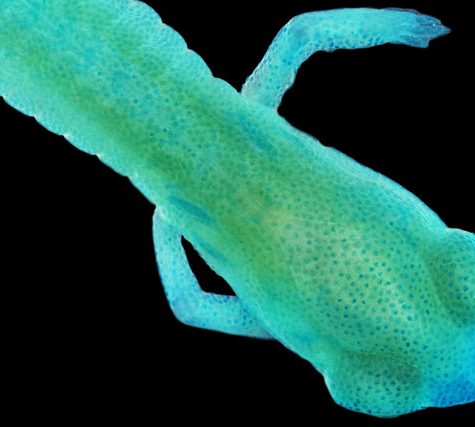Salamander Imagery, Sample used in 1997 Paper: Geographic Variation and Phenotypic Plasticity of Number of Trunk Vertebrae in Slender Salamanders, Batrachoseps (Caudata: Plethodontidae)
$19.00 – $400.00The Plethodontidae, or lungless salamanders, are a family of salamanders. Most species are native to the Western Hemisphere, from British Columbia to Brazil, although a few species are found in Sardinia, Europe south of the Alps, and South Korea. In terms of number of species, they are by far the largest group of salamanders.
















